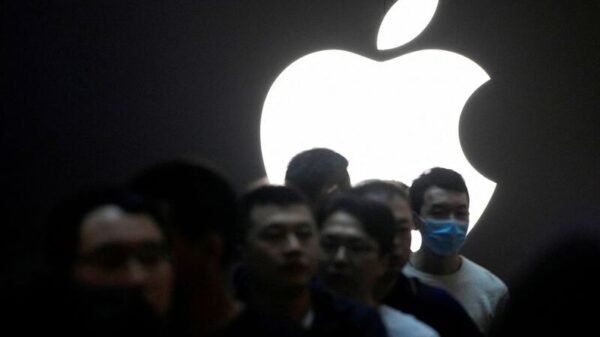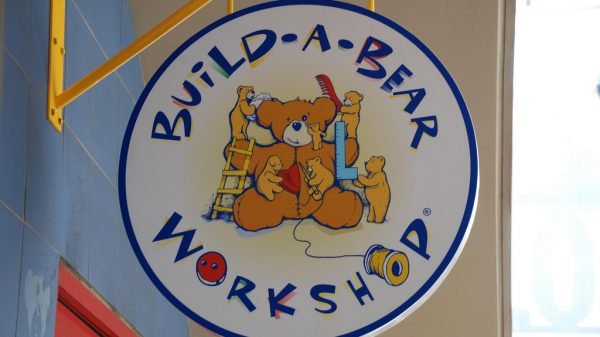Mattel, Hasbro, and others must make changes in a changing industry
With the fall of Toys “R” Us, toy manufacturers are seeing their profits plummet.
Mattel – the toy manufacturer that owns Barbie and Fisher-Price – has seen its shares decrease rapidly over the past few years; compared to this time in 2018, their stock value has fallen almost 43%. Last year, Mattel lost $1.1 billion, and it’s lost $311 million in the first quarter of 2018.
These losses come largely due to the bankruptcy of Toys “R” Us. The toy-selling franchise was one of the biggest movers of kids’ toys, so its exit crushed toy manufacturers.
Moreover, part of the bankruptcy of Toys “R” Us can certainly be attributed to kids’ growing disinterest in toys, or the growth of Amazon, but neither were the main problem for the franchise. Toys “R” Us carried a $5 billion mountain of debt, which disallowed its expansion.
The lack of stores meant it had to carry all of its inventory in massive warehouse-esque stores, which created a poor consumer experience. Plus, they could not provide many promotions or benefits for its employees because it was contributing $400 million annually to finance its debt.
But certainly Toys “R” Us can’t be the only reason for these companies’ struggles, right? The answer is, yes and no. Toys “R” Us was the biggest toy-focused megastore in the world; in fact, Toys “R” Us accounted for as much as 20% of Mattel’s sales and 15% of total US toy revenue.
And without Toys “R” Us, toy manufacturers’ main streams of revenue stem from Wal-Mart and Target. And although these stores may be more popular among consumers than Toys “R” Us, they will only shelve the most popular toys.
But even beyond Toys “R” Us’s control, kids are simply not as interested in toys as they once were. Instead, they want to use tablets and laptops for games and social media.
However, toy manufacturers are not giving up. Further, Isaac Larian, the founder of the company that owns Bratz proposed a merger with Mattel to increase sales for both parties. But Mattel saw more gain for Bratz than for themselves, and they unanimously declined the proposal.
Larian even tried to save many Toys “R” Us stores, offering the company $675 million for just under 300 stores. The executives at Toys “R” Us felt that it was not nearly enough to save the company (as it was $5 billion in debt), so the deal fell through, but not without a trying effort by Larian.
Additionally, rumors have been circling since January about a potential Mattel-Hasbro merger. The deal would unite Barbie, Thomas and Friends, and Hot Wheels with Monopoly, Mr. Potato Head, and most Disney toys – it seems too good to be true, but investors are antsy to see it happen.
The merger would help Mattel more than Hasbro, who’s seen its revenues steadily rise in the past few years (though its net profit took a dip last year). However, it may be what the toy industry needs to survive the growth of technology and kids’ growing interest in video-games and smartphones.
Moreover, Mattel has an advantage in the technology department, as the new CEO Margo Georgiadis, a former Google executive, will be steering the ship. Interactive toys may not be a complete saving grace for the industry, but it can certainly help.
The demand for toys is declining with the growth of low-price competitors like Amazon and Wal-Mart as well as the growth of technology; however, there is still hope for the industry. With more emphasis on technology and interactive capabilities, Hasbro and Mattel could see a rebound.
Featured image via Pexels/Markus Spiske








































Comment Template